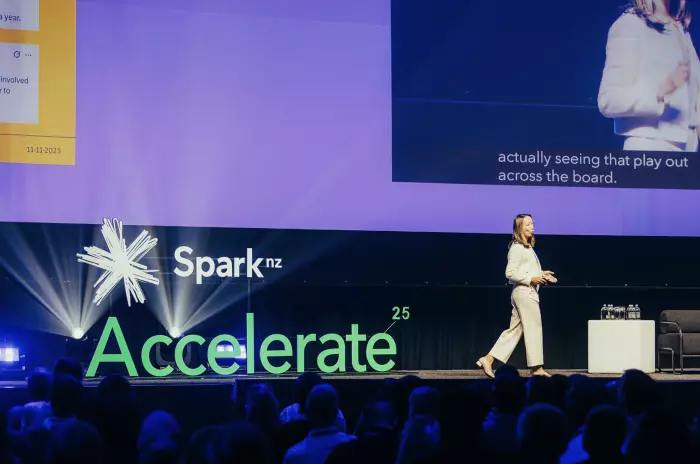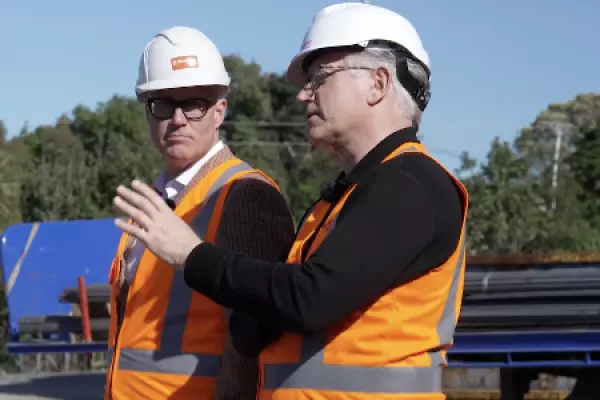Meta’s head of AI, Clara Shih, says Silicon Valley has embraced the Chinese practice of “9-9-6” to keep up in the face of rapidly changing technology.
The term 9-9-6 refers to a culture of working from 9am to 9pm for 6 days a week, which has been outlawed in China.
“How many of you heard of 9-9-6? This is the buzzword these days in Silicon Valley,” Shih told the audience at the Spark Accelerate conference at the Viaduct Events Centre in Auckland on Tuesday.
“9-9-6, I believe, originated in China, but pretty much everyone in Silicon Valley – especially those working with AI startups – they are working 9am–9pm six days a week.”
Ice hockey metaphor
Working even harder is part of the formula of what Shih believes is required as companies adapt to the changing technology landscape.
It was all a numbers game and “going fast” to stay ahead of the competition, she said.
Shih used an ice hockey metaphor to illustrate her point, saying companies weren’t sure which direction the AI “puck” was going to go, so they simply needed to take more shots at the goal.
She said if you had two technology teams and one team was experienced and smarter but shipped product only once a month compared to a team that shipped every week, the latter team would come out on top.
“I bet you 99 times out of 100 this team is going to win.”
'Tiger teams'
Shih said people working on AI in Silicon Valley were used to engaging in months-long “sprints” where teams worked long hours focused on a problem.
The furious pace of work was sometimes being pushed even further with “tiger teams”, she said.
This was where multiple teams were employed, with one team sprinting while another took a rest.
“You have multiple tiger teams at multiple different times, running these different experiments because you don't know which ones are going to play out.”
The seven habits
Going fast is just one of the seven habits Shih said were necessary for companies and individuals to keep ahead of the competition in the AI age. These were:
- Driving AI transformation from the top-down and the bottom-up.
- Making AI “everyone’s job”.
- Balancing short-term wins with long-term bets.
- Going faster to learn faster.
- Building for today’s models but expecting future ones to change.
- Shifting your mindset to one of “abundance”.
- Getting people to embrace their new role as managers of AI agents.
Shih also answered questions about how well placed NZ was for the AI age and whether its size would be a hindrance.
“I think it's an advantage to be smaller, frankly, when there's new disruptions, because you can be more agile and adapt and run more experiments.
“So I think New Zealand is incredibly well positioned to take advantage of this AI revolution.”
However, she also admitted smaller businesses might find it more difficult to experiment with AI.
For starters, small enterprises did not necessarily have the resources to free up to experiment with new ways of doing things.
Feedback loop
Shih didn’t think the cost of AI would necessarily be a barrier to smaller enterprises, though, because she believed competition between AI providers would drive prices down.
Being small could also be an advantage in terms of adapting AI to new uses, she said.
“I think it's such an asset that the New Zealand is smaller, because sometimes technology loses its way when the top is too far removed from the front line, or when companies are too far removed from their actual customers and their needs.
“And if you have a smaller team working directly with a customer, it ensures the right feedback loop to make sure that the use cases hit home and it's being done in a responsible way.”
BusinessDesk is the media partner for Spark Accelerate. Our editorial staff have full control over the story selection, content and publishing.


















